Unlike batteries, which are usually sized and packaged in the same way, capacitors may not have a universal voltage and current. A common sign that you need to replace a capacitor is if the cap is bulging on the side. A faulty air conditioning capacitor can lead to damage to the unit. If you suspect a problem with a capacitor, consult an HVAC technician. This will ensure that your cooling system is functioning properly again.
A good design for an air conditioning capacitor should have bleeding resistors that will remove the charge from the device once the air conditioner is turned off. In addition, the capacitor's body should have proper certification marks. Ceramic capacitors can reduce harmonics generated by IGBTs, since they bypass the high frequency content in the circuit. In addition to the physical properties, ceramic capacitors reduce the noise of air conditioners. They can be placed parallel to the DC power intake of integrated circuits.
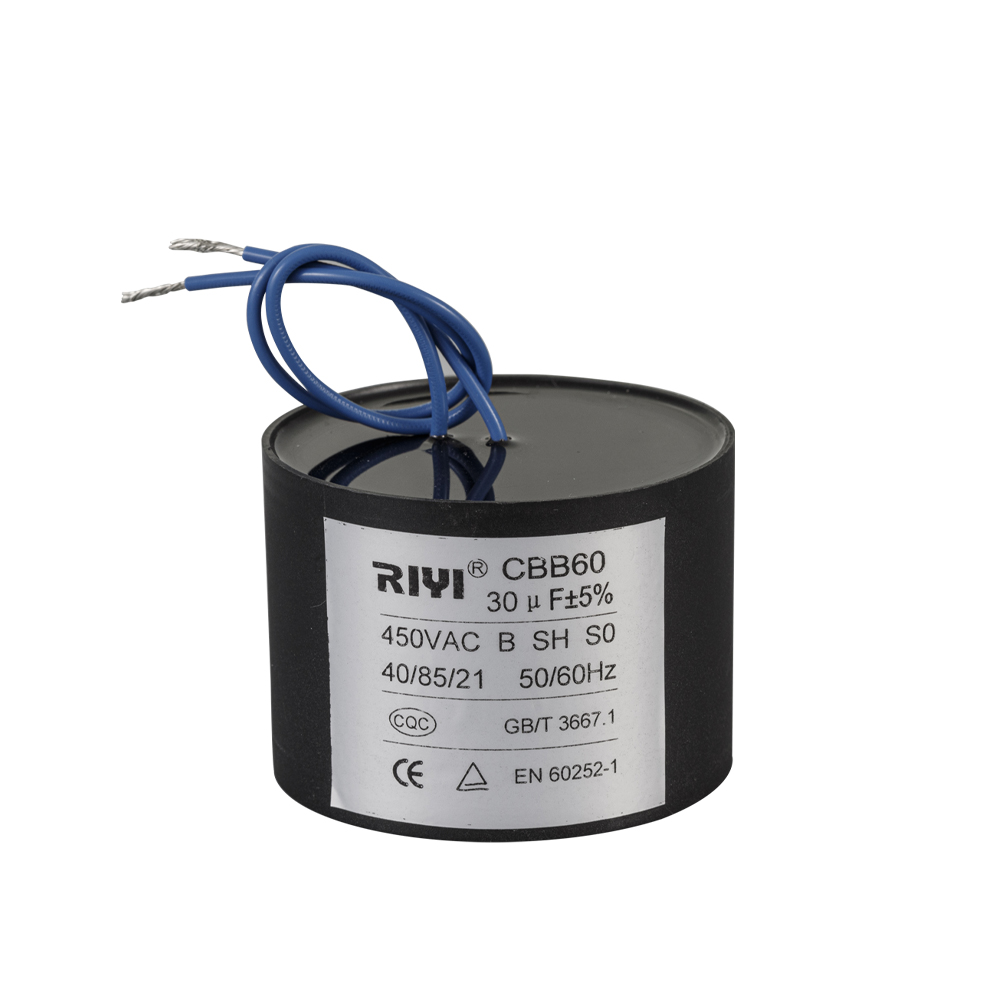
If your air conditioner is not blowing cold air, or takes an excessive amount of time to start, it may be due to a bad capacitor. Other symptoms may include a compressor humming or audible clicking sound, or the air conditioning not turning on at all. You may also notice a rise in your energy bills. A visual check of the capacitor will reveal the issue. If it is not, seek out a professional.
The lifespan of an AC capacitor is about 20 years. It depends on how old the capacitor is. The older it is, the less it can do. Also, higher AC usage or a capacitor with broken parts will shorten its life span. Failure to replace the capacitor can damage other parts in the AC unit. Therefore, replacing it is crucial to prevent a malfunction from damaging the rest of the equipment. You can save money by replacing it as soon as you notice the problem.
If your AC does not turn on, the problem could be a bad capacitor. In this case, you should contact a licensed air conditioning technician. The good news is that it is relatively easy to replace an Air Conditioning Capacitor yourself or with the help of an experienced technician. By performing a visual inspection, you can determine whether the capacitor is faulty or not. To begin, you must kill the power to the unit. To do this, turn off the power to the unit, either through a trip breaker or a breaker plate.
To replace an AC capacitor, you must remove the side panel from the condenser unit. This can be done with a screwdriver or by following an instructional video. You should connect the appropriate wiring to the posts of the new capacitor. The fan wire should be connected to the "Fan" post, while the compressor wire should be attached to the "C" post. Once you have installed the new capacitor, you can turn the power to the condenser unit by either a block fuse or circuit breaker.
If you notice a humming noise coming from the air conditioning unit, the problem is most likely in the Air Conditioning Capacitor. The condenser fan motor will not start, while cold air will not come from the vents. The problem is caused by a bad Air Conditioning Capacitor that does not deliver stored energy to the compressor and motor. If you notice these problems, contact an air conditioning repair expert to test the unit and provide a free estimate for the repairs.
If you do decide to replace your Air Conditioning Capacitor, be sure to measure the existing capacitor's voltage and capacitance. It's important not to replace a low voltage capacitor with a high voltage one, as this can cause excessive strain on the old capacitor and shorten its lifespan. When you have determined the exact voltage, carefully place the new capacitor in the old one. Be sure to reconnect all wires to the correct terminals to make sure that they stay in place.

 简体中文
简体中文 English
English Español
Español عربى
عربى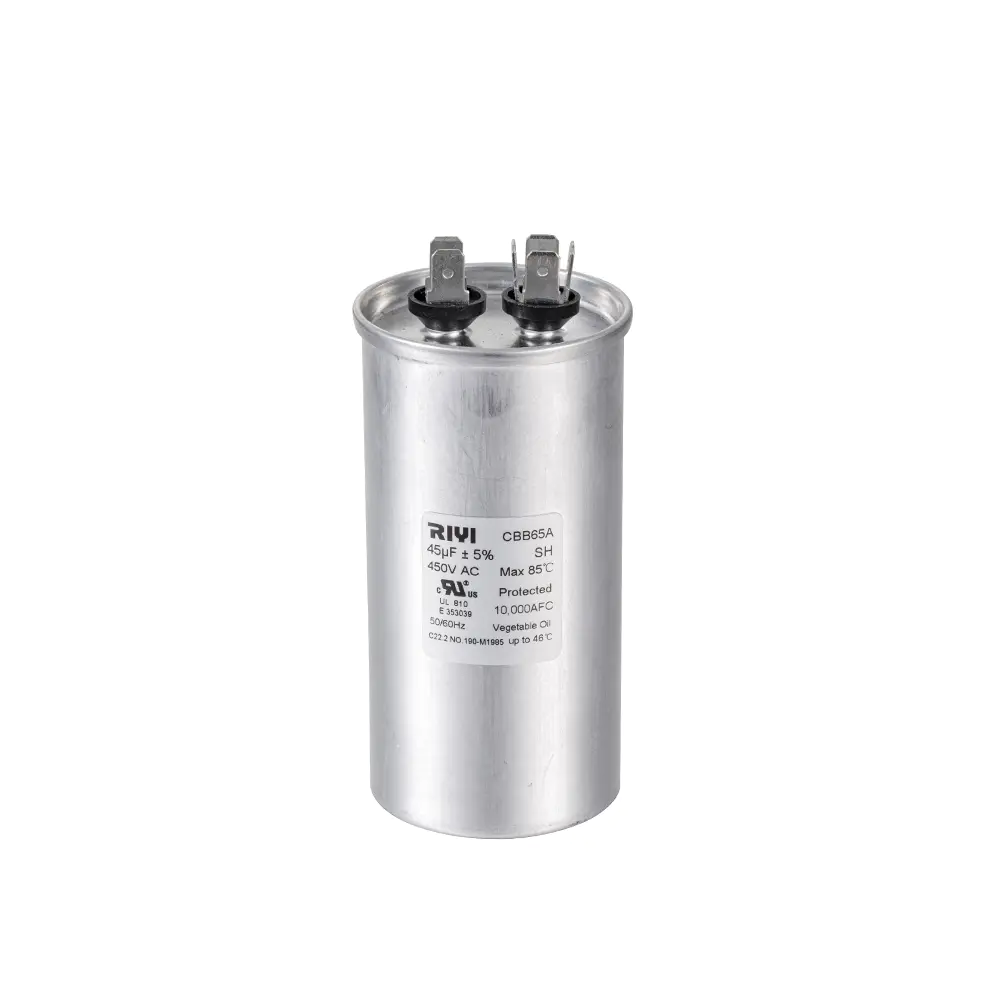
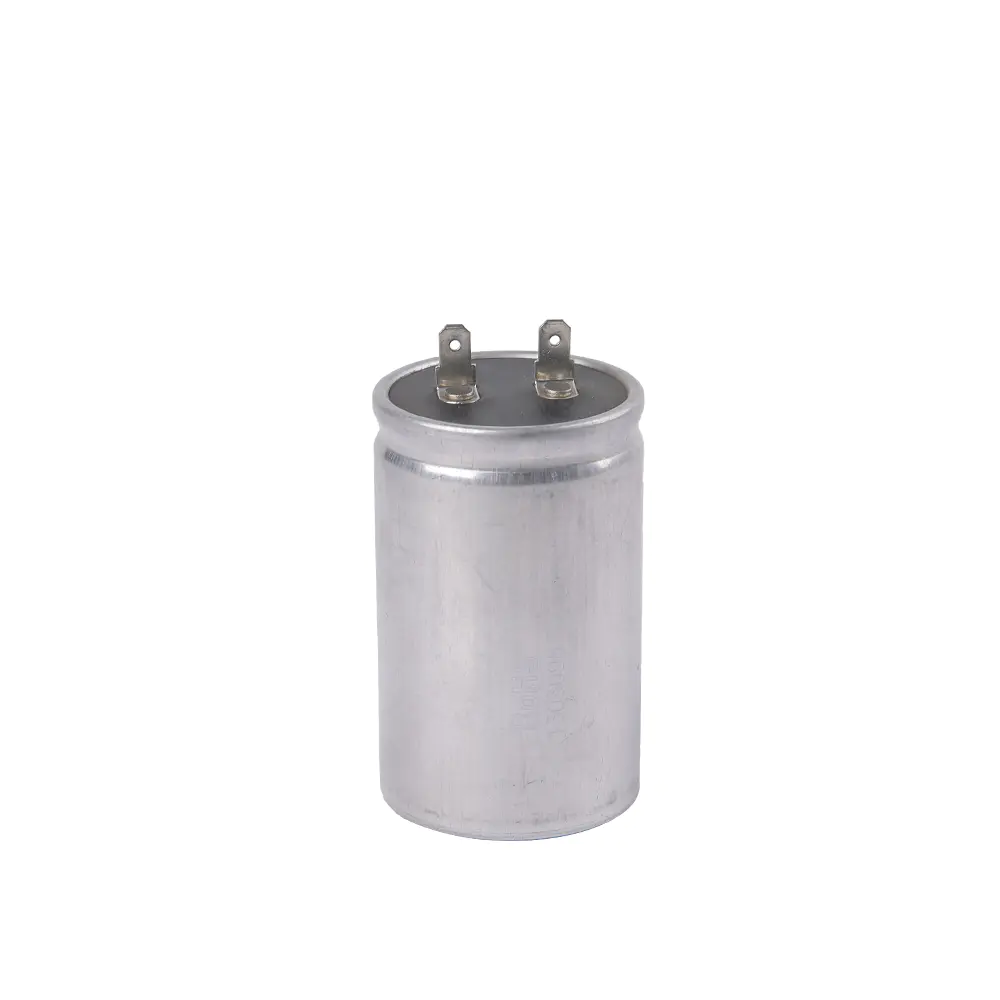
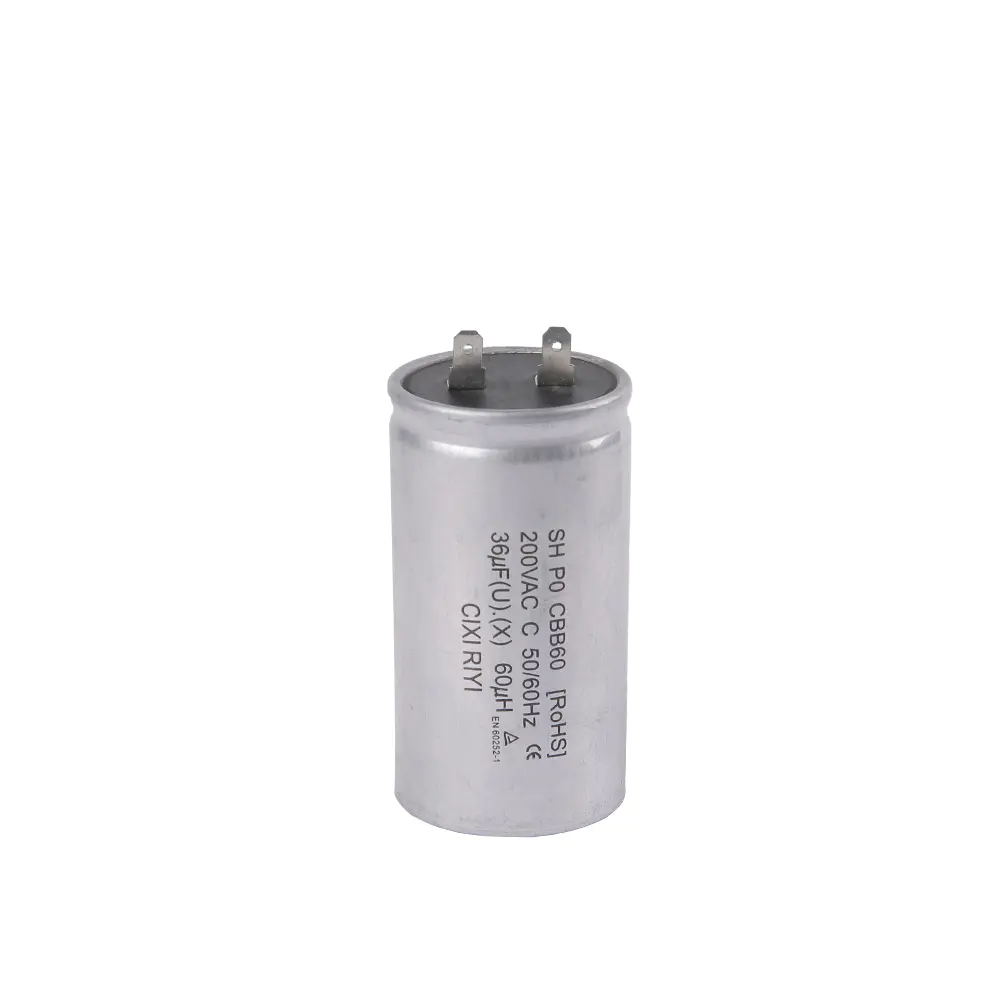
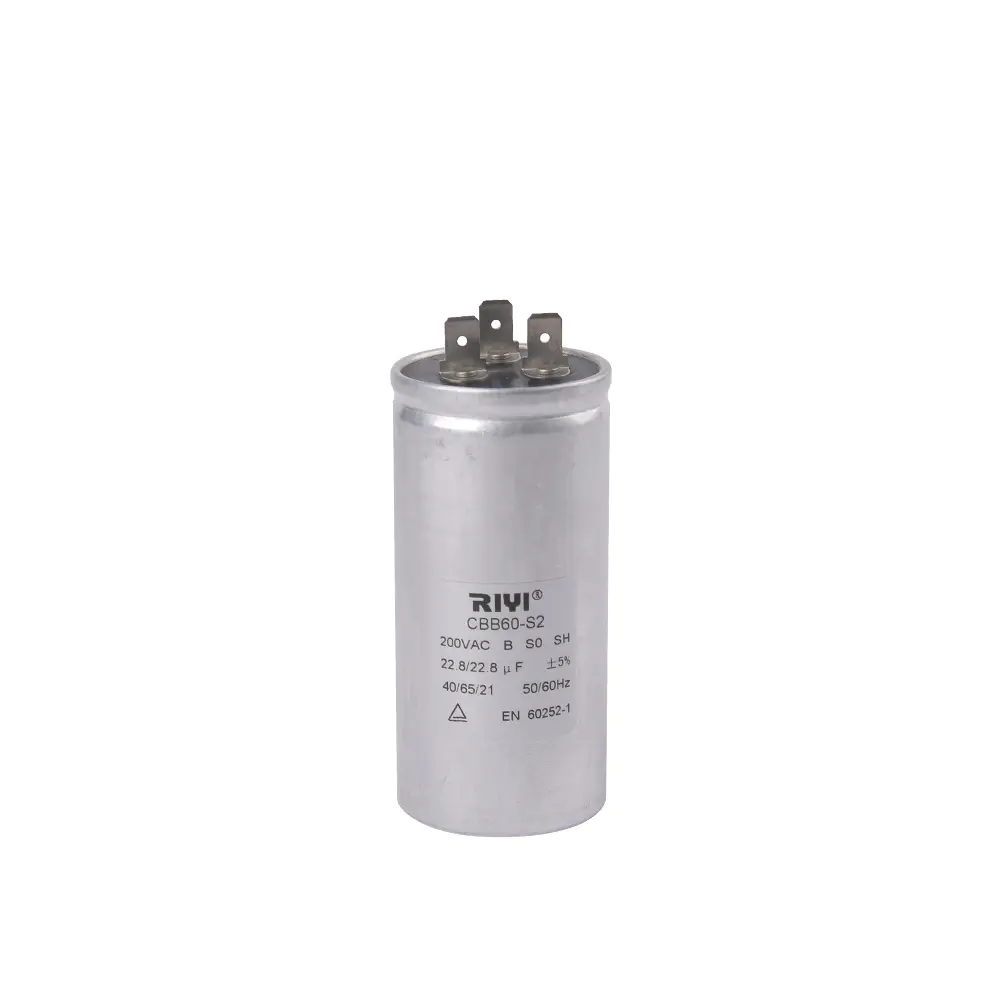
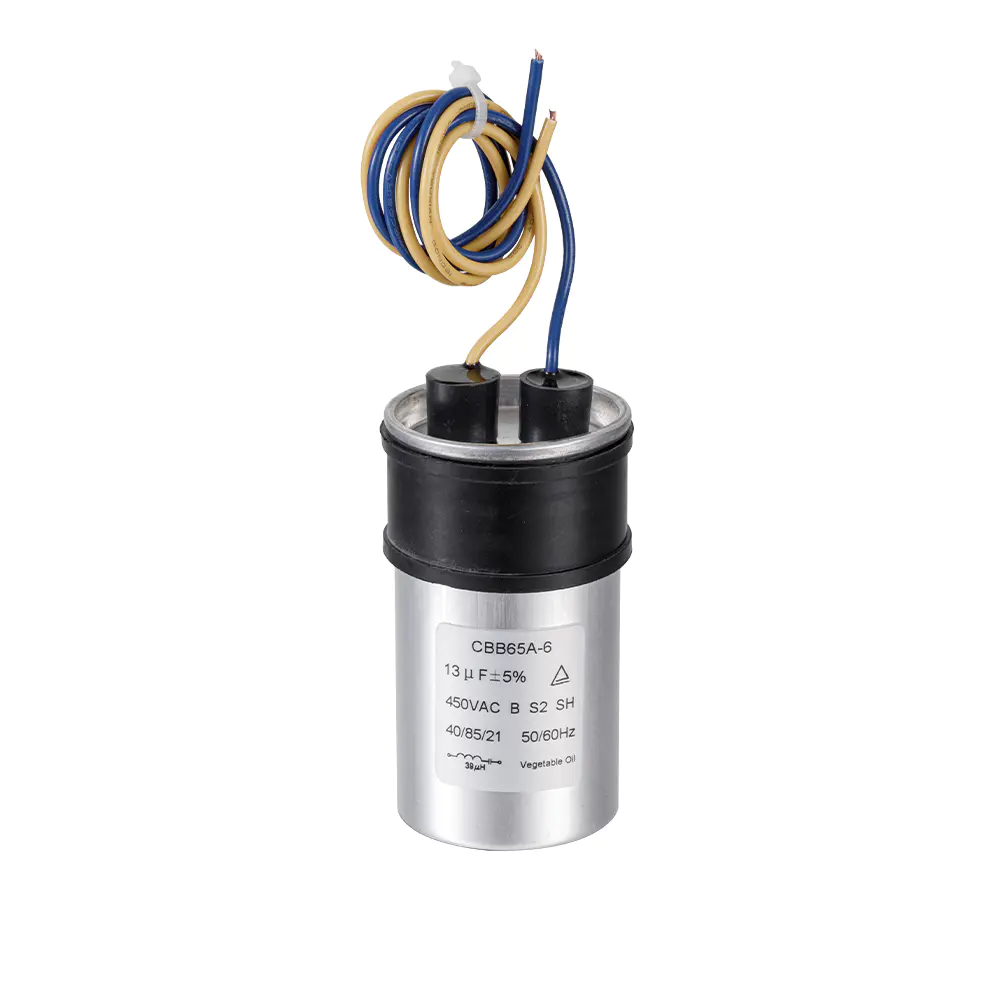
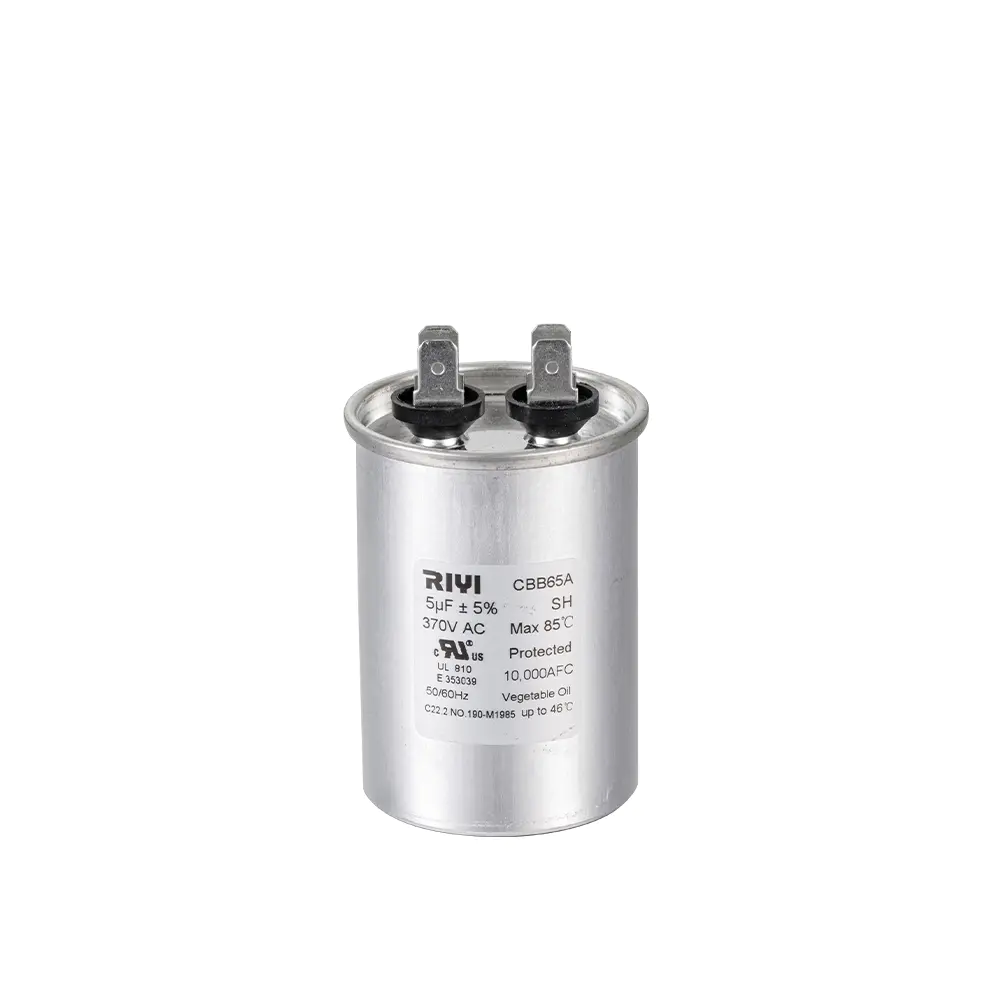
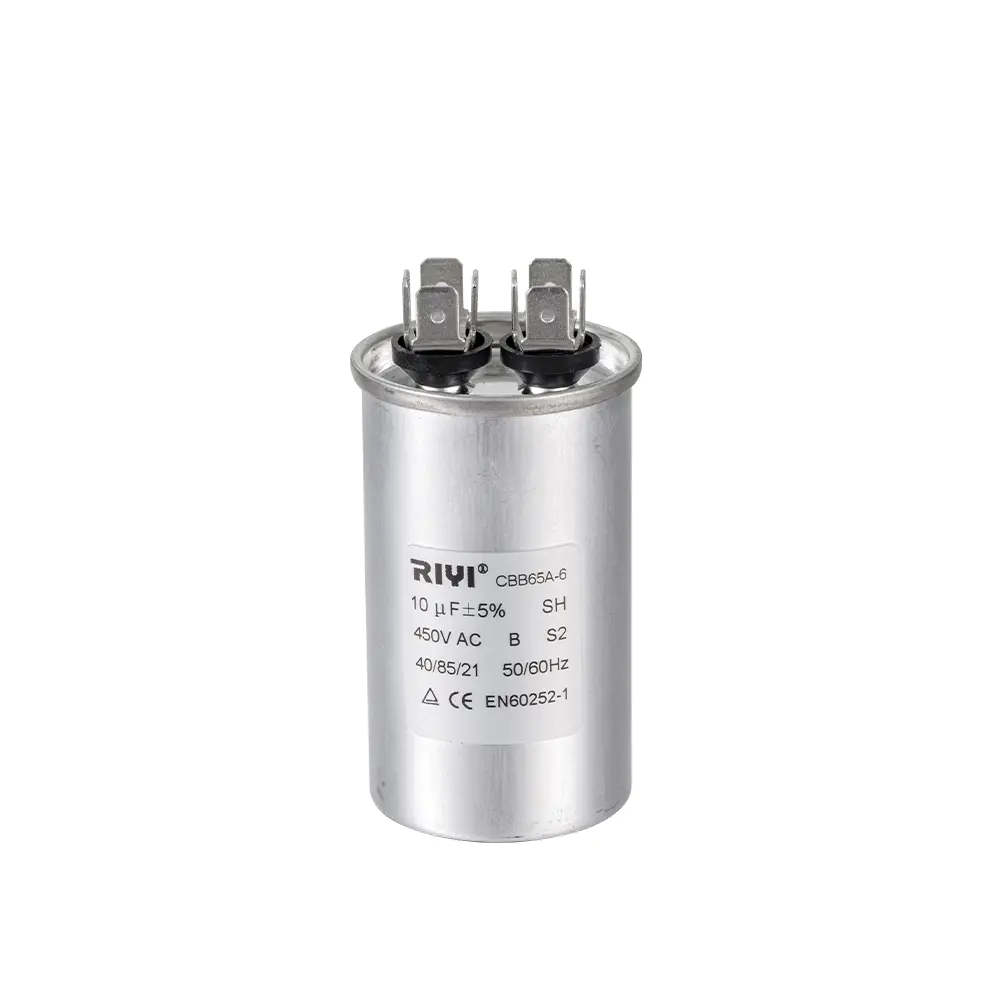
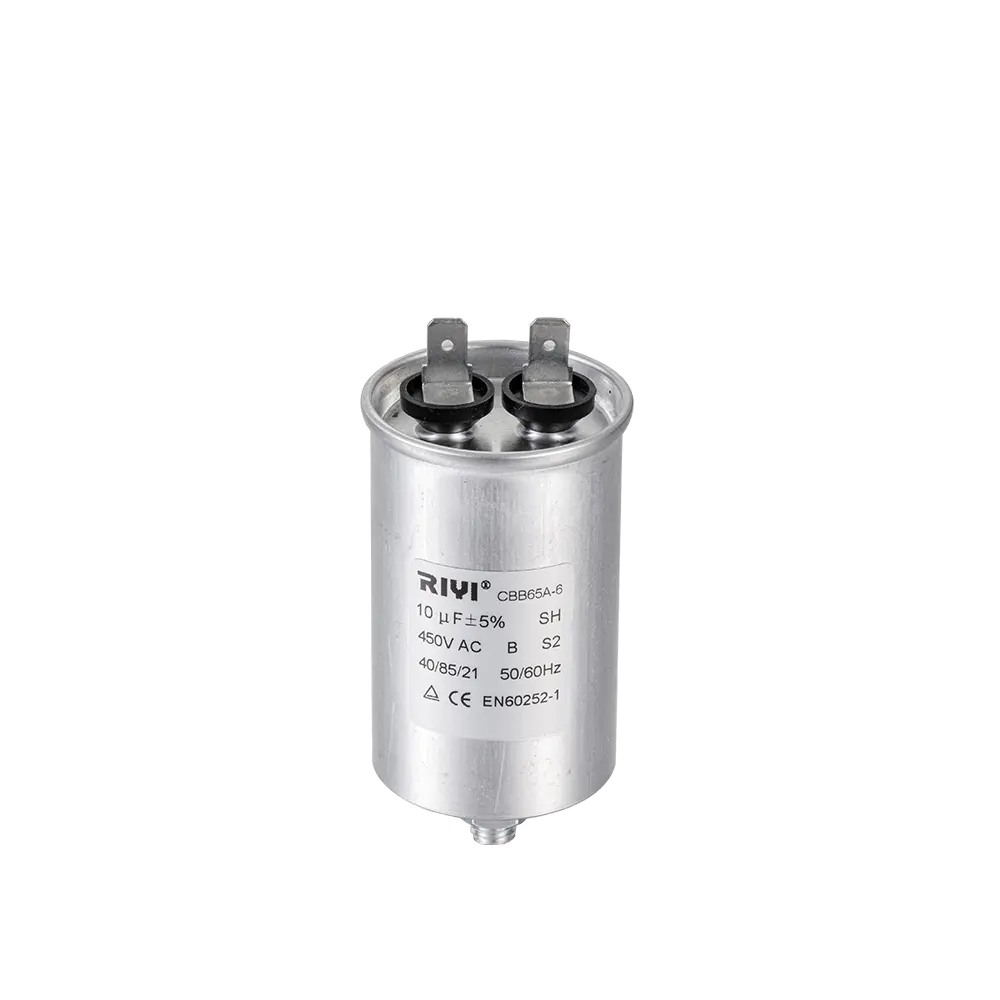
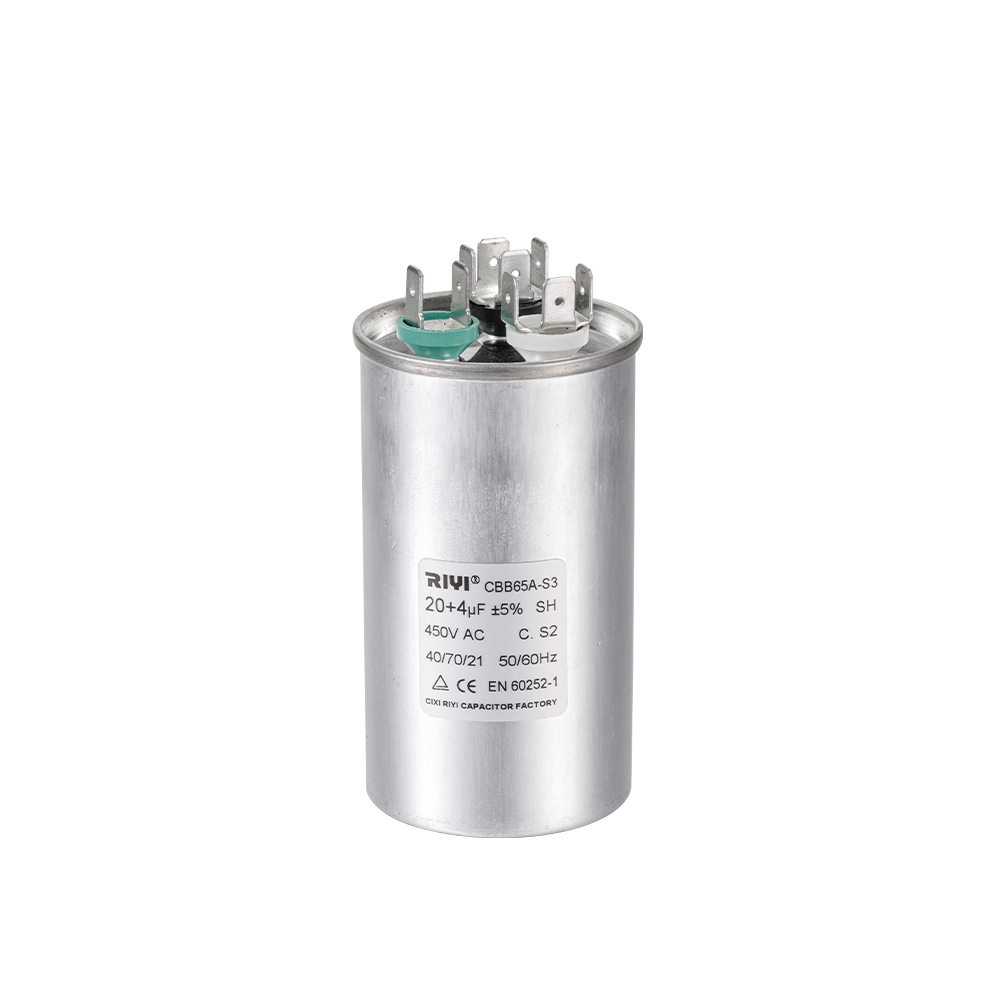
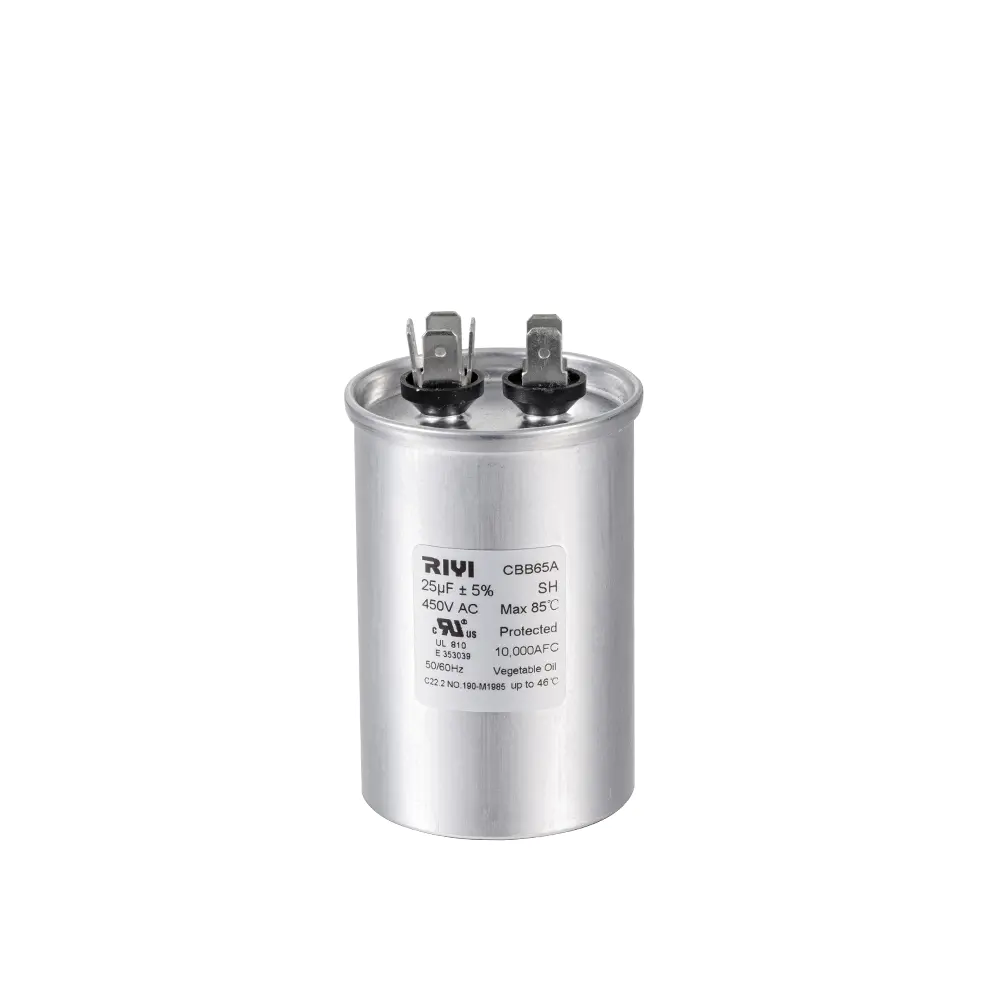
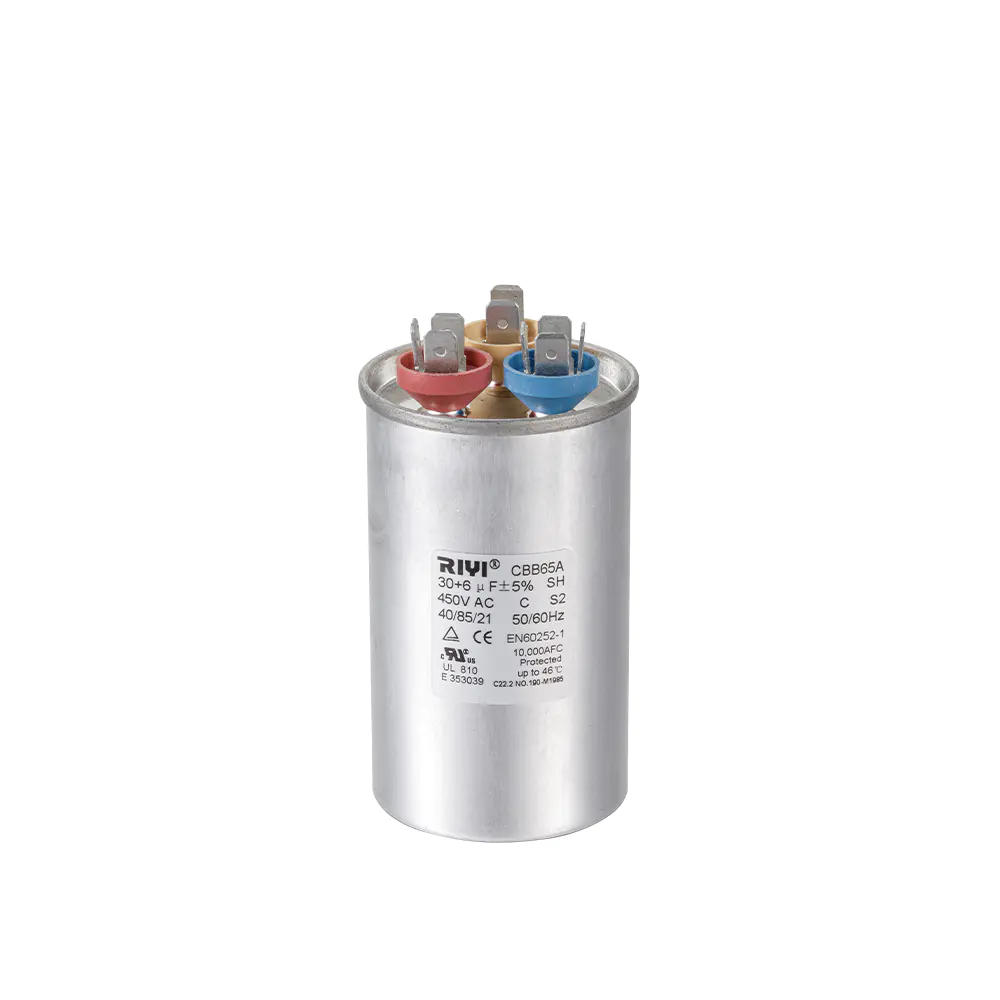
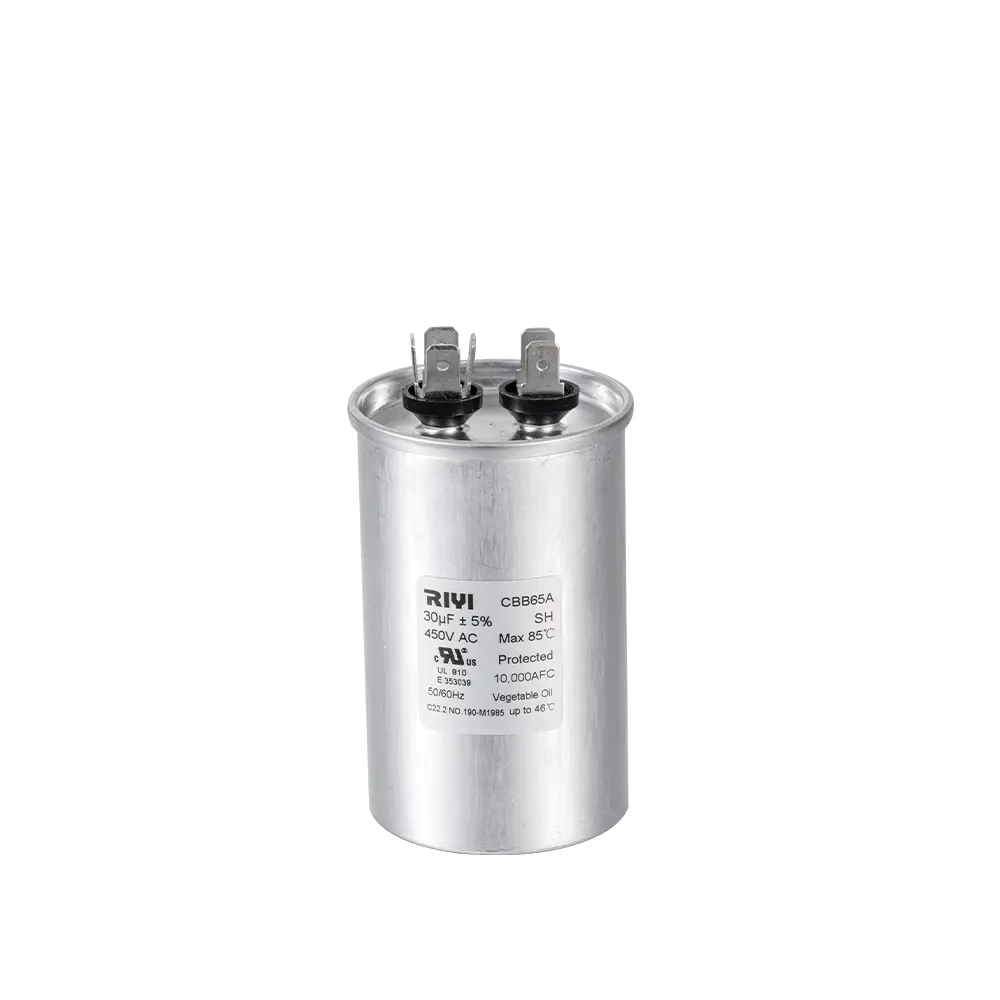

 +86-13600614158
+86-13600614158
 +86-0574-63223385
+86-0574-63223385 Zonghan Street,Cixi City,Zhejiang Province,China.
Zonghan Street,Cixi City,Zhejiang Province,China.